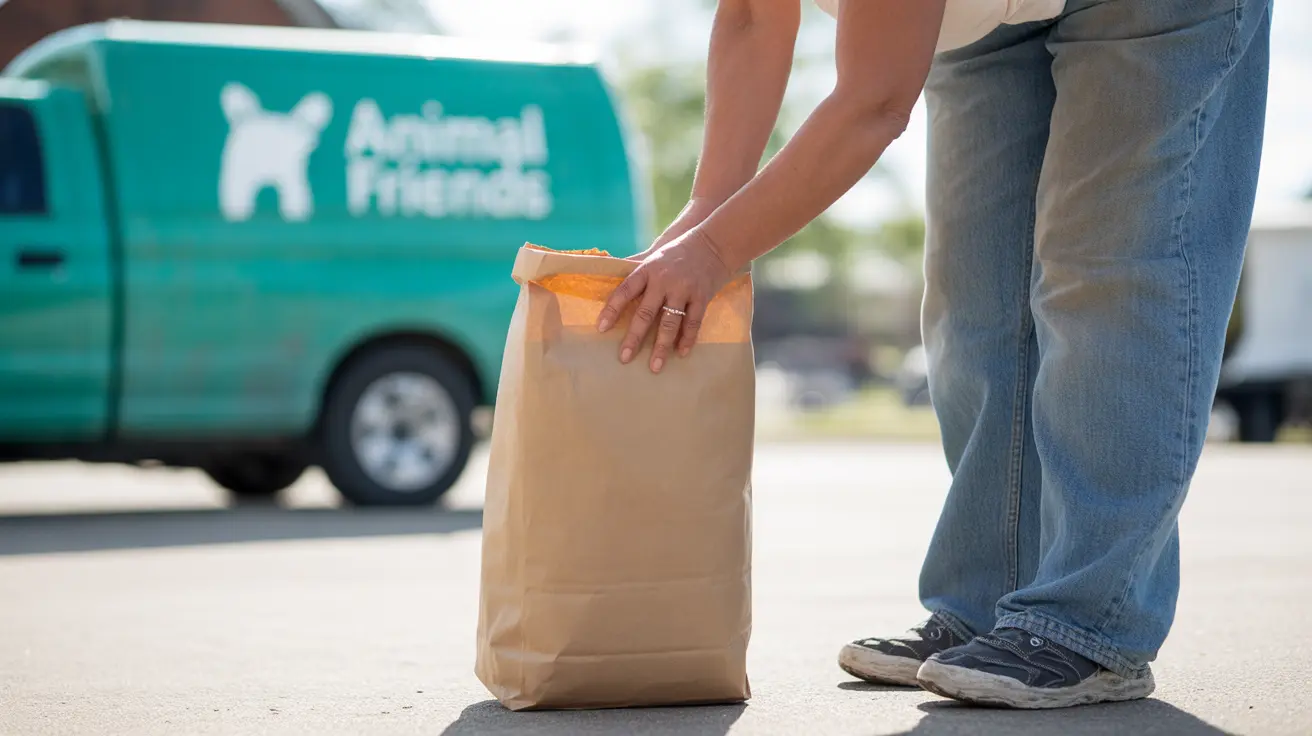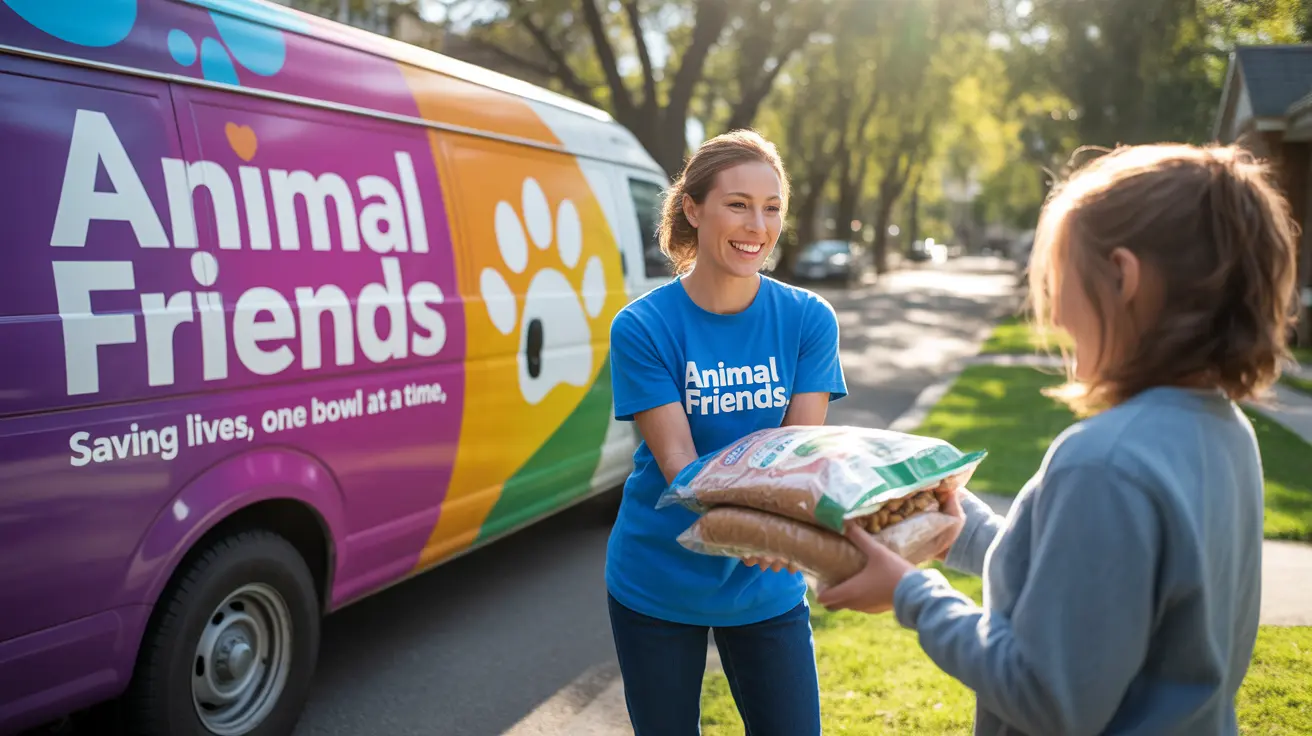How to Explain the Rainbow Bridge to a Child
The loss of a pet can be one of a child's earliest and most profound experiences with death. As a parent or caregiver, helping them understand this loss gently and meaningfully is critical. The concept of the Rainbow Bridge can offer comfort and hope, but it must be explained in a developmentally appropriate way.
What Is the Rainbow Bridge?
The Rainbow Bridge is a poetic metaphor that imagines pets going to a beautiful place after they die, where they are restored to perfect health and happiness. There, they wait for their human companions to join them someday. While not a literal concept, it provides a symbolic frame of understanding and hope for grieving pet owners, particularly children.
Tailor the Explanation to Their Age
Children at different developmental stages grieve differently. Understanding how your child perceives death allows for clearer, more supportive conversations:
- Ages 3 to 5: At this stage, children often see death as temporary or reversible. You might say, “Our pet died. That means they aren’t moving or feeling anything anymore. Some people believe their spirit has gone to a beautiful place called the Rainbow Bridge, where they are happy.”
- Ages 6 to 8: These children begin to grasp the permanence of death. You can say, “I know it’s hard. Our pet has died, and we won’t see them anymore. But many people believe they are at a peaceful place called the Rainbow Bridge. It’s okay to miss them.”
- Ages 9 and older: By this age, children typically understand that death is final. Be honest: “Yes, death is forever, but the Rainbow Bridge is a message of love. It means remembering our pet is still close in our hearts.”
Be Honest, Direct, and Gentle
Using simple and truthful language respects the child’s ability to handle grief. Avoid euphemisms like “went away” or “fell asleep,” as they may confuse or even scare the child. Instead, explain death directly, and then you can introduce comforting beliefs like the Rainbow Bridge if appropriate to your family values.
Answering Their Questions
Children often have questions such as:
- “Why did my pet die?”
- “Will I see them again?”
- “Is it my fault?”
- “Where did they go?”
Respond calmly and clearly. Reassure them that it's okay to feel sad or even angry. Validate their feelings and answer questions based on your family's belief system. For example: “Some people believe pets go to a lovely place over the Rainbow Bridge, where they’re not in pain and are happy.”
Support Emotional Expression
Let children cry, talk, draw, or even get angry. All are natural expressions of grief and loss in children. Explain that their pet is gone but will always be part of their memories and hearts. Encourage them to create a memorial—a drawing, a letter, or a poem for their pet.
Use Books and Rituals
Reading books like The Dead Bird by Margaret Wise Brown and The Tenth Good Thing About Barney by Judith Viorst can help children process loss. Memorial ceremonies also allow children to say goodbye in tangible ways, such as:
- Planting a tree or flower
- Drawing pictures of their pet
- Placing their pet’s photo in a special place
- Lighting a candle
Encourage a Last Goodbye if Possible
If the pet is ill and euthanasia is being considered, prepare your child beforehand. Let them say goodbye and explain that the pet is being helped out of pain in the kindest way possible. If your child wants to participate or ask questions, gently guide them within their comfort level.
Let Grief Run Its Course
Grieving takes time. Don’t rush to adopt a new pet. Give your child time to heal. When they’re ready, involve them in deciding when or if to welcome a new furry friend.
When to Seek Additional Help
If a child is experiencing intense, prolonged grief or avoiding normal activities, professional counseling may be helpful. Persistent nightmares, social withdrawal, or trouble focusing may indicate that they need extra support from a mental health expert.
Final Thoughts
The Rainbow Bridge can be a comforting image if presented as part of a larger conversation about love, memory, and emotional healing. With honesty, empathy, and support, children can navigate pet loss and understand the deep bond they shared with their furry companion.





